The Nexus 6 Review
by Brandon Chester on November 12, 2014 1:00 PM ESTCamera
The camera has always been something of a pain point for Nexus devices. Since the Galaxy Nexus launched we've seen camera sensors that always seemed to be one step behind the competition. The price point that Google had aimed for with their Nexus phones certainly contributed to this, and software issues like upscaled, stretched, or cropped previews did not help the situation either. With the Nexus 6 being priced as a premium device, one would hope that it sports an equally premium camera, and indeed it does. The Nexus 6 uses Sony's IMX214 with an F/2.0 aperture and OIS for the rear camera, a sensor we've seen in HTC's Butterfly 2, and the OnePlus One just to name a couple of examples. I'm happy with Google's decision to continue using 4:3 camera sensors which tend to make framing scenes easier than 16:9 sensors in my experience.
Before looking at photos taken with the Nexus 6, it's important to look at how fast it is able to focus and capture photos. After all, if your phone takes too long to focus, the moment you wanted to photograph may already be over by the time you can take the shot.
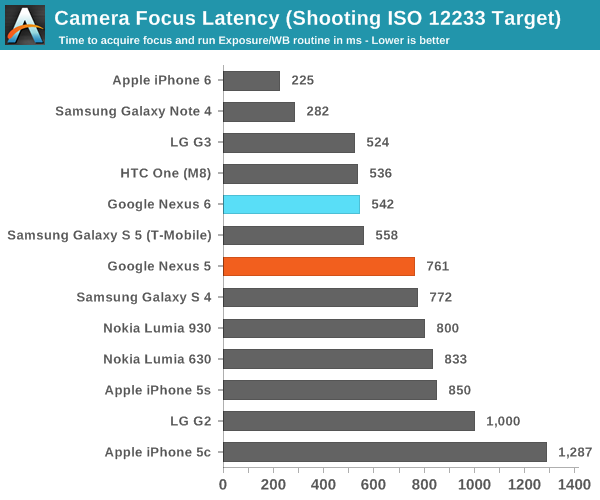
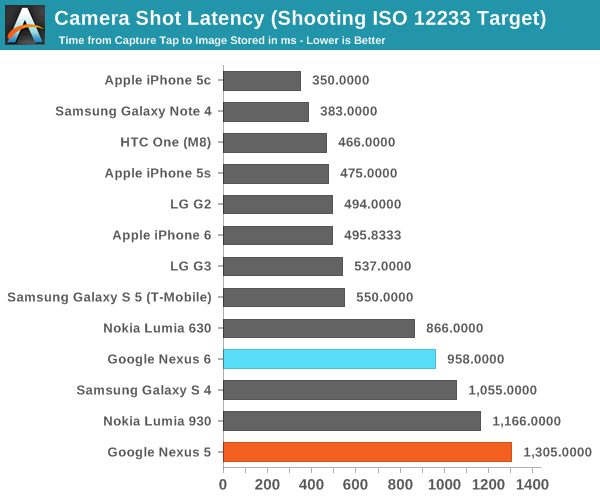
The Nexus 6 has a focus latency which is competitive with some of the flagship devices released this year like the LG G3 and HTC One (M8), but it's not in the same class as the recently released iPhone 6 and Galaxy Note 4. The shot latency is also surprisingly long, and I repeated the test multiple times to confirm. The Nexus 5 also had a long capture time, and so it may be that this is a result of issues in Google's Camera application rather than anything relating to the device's camera itself.
The Nexus 6 seems to vary its ISO between 40 and 1200, while the Nexus 5 typically varied between 100 and 1600 with some extremely high values as high as 3000 in certain circumstances. I was only able to get exposure time up to 1/12th of a second which is somewhat fast for a device with OIS. The Nexus 5 wasn't shy about going up to 1/6th of a second if it needed to.
The camera software is also an important aspect of mobile photography. Google's Camera application is actually quite good for a relatively automatic photo experience. I do think that Google could expose more of the controls like switching between camera modes and toggling the flash as constantly visible controls without reducing the amount of space for the preview significantly. Something I noticed while using the Nexus 6 is that the colors of the preview in the viewfinder were quite saturated. This is, of course, due to the display calibration, which unfortunately means that the viewfinder is not very helpful in determining how the photo is actually going to look. The preview framerate also tends to run below 30fps which has been the case for a long time now, but I hope that pointing it out will eventually get it improved.
Still Image Performance
These next tests use photographs of an outdoor area at various times to guage the performance of a smartphone's camera relative to other smartphones, as well as a controlled test scene inside a well lit area. I am unfortunately limited by the number of devices I have on hand, which at the moment includes the Nexus 6, iPhone 6, Nexus 5, and HTC One (M7).
Before getting into the actual tests I wanted to mention something about smartphone camera white balance that won't be apparent based on the images alone. Based on how I actually saw the scene as I was taking the photos, I can confidently say that the Nexus 6 consistently had a far more accurate white balance than any of the other devices I tested. This can actually have a huge impact on the overall appearance of the image, and it can be easy to overlook when doing these sorts of comparisons. For example, the iPhone 6 photo in the evening test has a shift toward blue that makes it appear to be much darker out than it actually was, while the Nexus 6 more accurately reflects how the scene looked at the time. With that out of the way, lets begin with the daytime test.
In this first test the Nexus 6 performs very well. I would say it produced the best overall image of the four devices I tested. The higher resolution sensor allows for greater sharpness and detail in areas like the branches of the trees, and the bars of the black metal gate on the left side are only captured with sufficient detail by the Nexus 6. However, I did notice an issue with the output from the Nexus 6, which is a concerning amount of blur in the section of branches that is to the right of the centre of the image, but not at the very right edge of the frame. I took several photos and even repeated the test on a different day, but the issue persisted.
In this next test we have the same scene at a later time of day with less natural lighting. The performance of the iPhone 6 approaches the Nexus 6 due to its larger sensor pixels giving it an edge in low light circumstances, but the Nexus 6 still maintains an overall higher level of detail and sharpness, particularly on the trees.
With the outdoor scene in low light we can see that all of our devices start to struggle. The Nexus 6 ends up sharper and less noisy than the Nexus 5 by driving a much lower ISO of 1200 instead of 2500. However, the brick building on the right shows that although the OIS on the Nexus 6 allows for a longer shutter time, Apple's iPhone 6 is able use a lower ISO and better preserves detail with finer grained noise throughout the image in general.
The last test we perform is a highly controlled test scene with generous lighting and different textures to see how well the Nexus 6 is able to capture detail in something of a best case scenario. In this case the Nexus 6 once again provided the best sharpness and detail preservation of all the devices I tested. The white balance is shifted toward pink which is an odd exception from the performance in the other tests.
I'm very happy with the improvements Google has made to their camera on the Nexus 6. I no longer feel like Nexus devices will always be a generation behind the competition when it comes to camera quality. Google and Motorola should also congratulate themselves on their white balance algorithm which helped the Nexus 6 to take photos that better reflected how the scenes actually looked in real life. I hope Google will continue to improve their camera software to make the user interface less menu driven, and to improve capture times for photos which is the one area that the Nexus 6 really falls behind its competition.


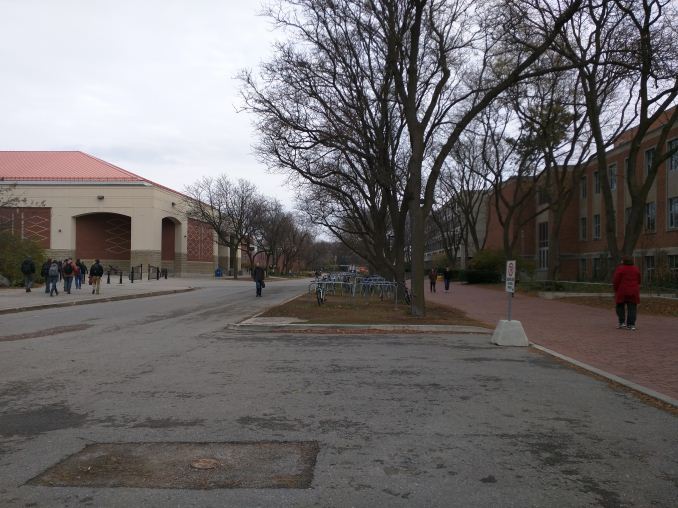




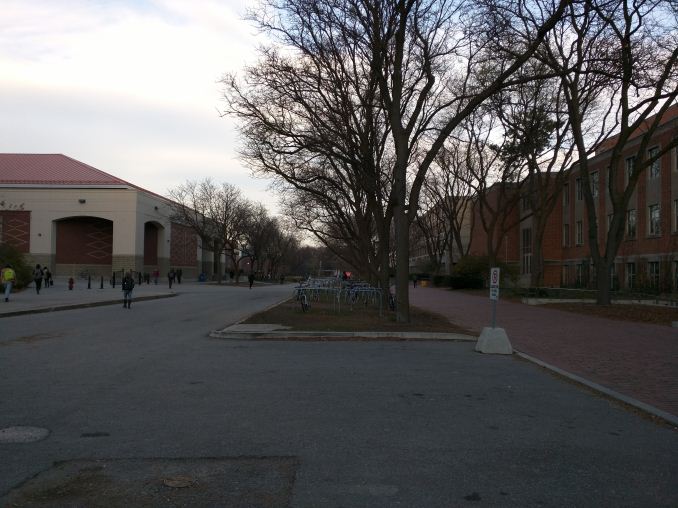




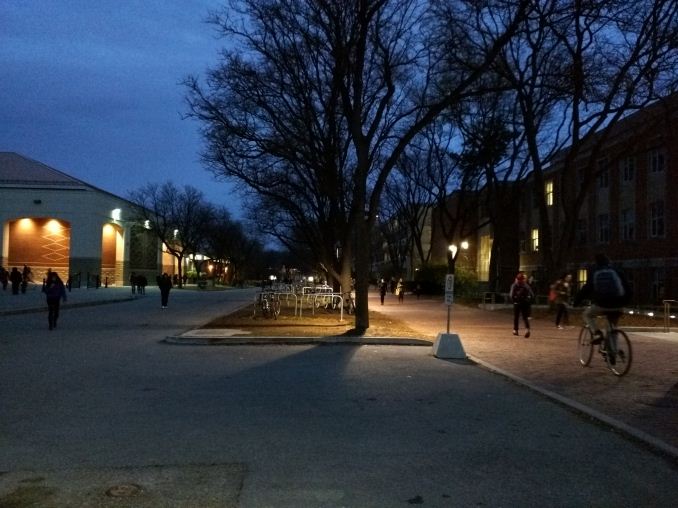

















136 Comments
View All Comments
Spunjji - Friday, November 14, 2014 - link
A better battery and camera in this would persuade me to upgrade in a heartbeat. I only hope that if they eventually replace the 5 with an equivalently-sized phone (5 2015?) they keep the wonderful screen.niva - Friday, November 21, 2014 - link
Yes, I'm hoping for a Nexus 5 refresh with all the new fluff like the chip/ram/camera and battery. I think the Nexus 5 design and screen are perfect. My wife has a Nexus 5 and I'm still on my Gnex. Was hoping to get the 6 but with the size and price I'm going to wait some more. Roll on the Enyxos 810 phones and I might get whatever runs pure Android.PS. I cannot stand Touchwiz/Sense and whatever LG and Sony are doing on their "flagships." Thankfully Motorola has mostly stock interface.
techconc - Friday, November 14, 2014 - link
LOL! Good luck with that. The Nexus 5 is known to have weak radio signals and overall poor cell and WIFI reception. Not exactly the best choice and it's not really competitive with recent devices.owan - Wednesday, November 12, 2014 - link
Because Google isn't a charity?synaesthetic - Thursday, November 27, 2014 - link
Google would have been better off making another "almost-flagship" at the $350 price point. I've been using Nexus devices since the Nexus S, but now... no, it's just too damn big and too damn expensive.algarblandom - Wednesday, November 12, 2014 - link
Having a Nexus 5, I see very few reasons to upgrade to this, unless you stronly like phablets. But in almost every area (battery life, camera, cpu performance, software..) it is almost a draw.anactoraaron - Wednesday, November 12, 2014 - link
I'm curious, you've listed the nexus 5 as running lollipop in the first comparison chart... is it running the dev preview or the official release (that's MIA to the public)? Also, are the rest of the charts where the nexus 5 is listed results from the original kitkat release or from a lollipop build? I'm asking because the camera experience was greatly improved with the dev preview for the 5.Also I was worried about the display with moto making the 6... looks like that was justified. The 6 needs a price drop to sell IMO. As you state, the Note 4 is so much better on battery life and display and can be had for only $100 more (if you have T-Mobile anyway).
anactoraaron - Wednesday, November 12, 2014 - link
I'm just saying it's confusing to show the 5 as having Lollipop but show the original test results from 4.4.DILLIGAFF - Wednesday, November 12, 2014 - link
amenAT are comparing apples to oranges in charts and then writing words about pumpkins. i think the methodology error is that you (you as in AT staff) combined a performance review of a new os and a performance review of a new piece of hardware one too many times when it comes to phones. it worked for a while but this release its clear as mud... the outcome is that this review basically sitting in a vacuum- nothing to compare to objectively, so now your subjective comments are worth more than the benchmarks, which at this point are arbitrary. it's like benchmarking a new motherboard and using a just-released retail windows 8.1 on the tests of that new board, while the other motherboards in the benchmark charts are run on an windows 7 or windows 8. except there is no label in the charts to indicate which device is running what os. i bet if you did this with pc benchmarks people would flame you to death.
while i understand your position with a new device and os combination making things more difficult to test, you make things more confusing by labeling the spec table for nexus5 as having os lolipop...yet the bench charts you show are for nexus 5 running the original release of kitkat.
imho to address this issue in this specific review you should run additional benches for nexus 5 on lollipop (google released the production images on their dev site today) and add them to this review's charts. that way, the label in the spec table correlates to what i see in the charts. and that way, we have at least 2 lolipop devices to visually compare to each other in terms of performance. add the moto G and X performance numbers running lolipop for extra brownie points.
i am not trying to attack the writer/editor, i love this site, just asking for additional data so i can see an apples to apples performance comparison of the new device to an older device running same os release. maybe i am just too traditional....
Brandon Chester - Wednesday, November 12, 2014 - link
I put Lollipop because Google will be rolling it out soon, but the results from all the tests are the original N5 results in Bench. I had been using the Lollipop preview on the N5 for an upcoming Android L review, which is how I determined that the N6 has regressions in UI performance. However, I disagree with the idea that there are any improvements to the camera on the N5 going from 4.4 to 5.0. I didn't notice any, and the software isn't going to save the camera system from just being inherently not very good.